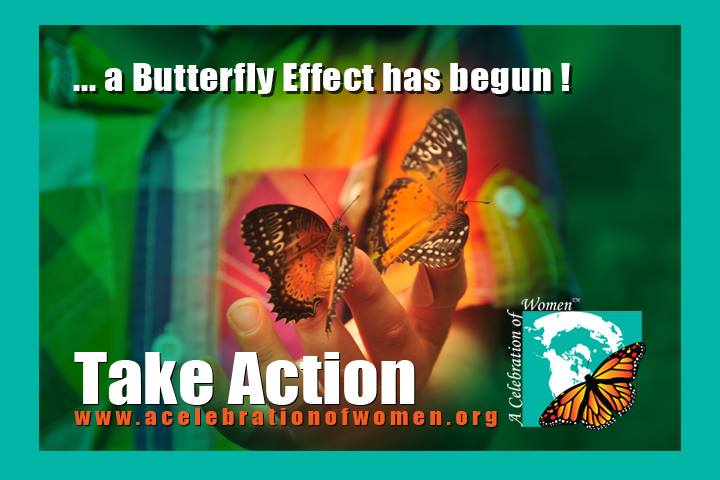Winter Solstice is an astronomical phenomenon occurring in December every year when Sun’s elevation with respect to Earth reaches its lowest value (-25.5 degrees). It is accompanied by the longest day on South Pole and the longest night on North Pole of Earth. In 2013, it occurs at 17:11 UTC on December 21.
For the Northern Hemisphere, at the moment of winter solstice, the sun is at its greatest height as observed from the South Pole. Similarly, for the Southern Hemisphere, at the moment of the winter solstice, the sun is at its greatest height as observed from the North Pole.
In the Northern Hemisphere the winter solstice is also the Southern solstice and occurs in December, In the Southern Hemisphere this is the Northern solstice which occurs in June.
Depending on one’s position on the globe, the December solstice usually occurs on the 21st and the 22nd and the June solstice usually occurs on June the 20th or 21st. However, it is sometimes possible for a solstice to coincide with three different dates. Thus the December 2016 solstice coincides with 20th of the month in American Samoa, with the 21st in London and with the 22nd at Kiritimati.
The axial tilt of Earth and gyroscopic effects of the planet’s daily rotation keep the axis of rotation pointed at the same point in the sky. As the Earth follows its orbit around the Sun, the same hemisphere that faced away from the Sun, experiencing winter, will, in half a year, face towards the Sun and experience summer. Since the two hemispheres face opposite directions along the planetary pole, as one polar hemisphere experiences winter, the other experiences summer.
More evident from high latitudes, a hemisphere’s winter solstice occurs on the shortest day and longest night of the year, when the sun’s daily maximum elevation in the sky is the lowest. The winter solstice itself lasts only a moment in time, so other terms are used for the day on which it occurs, such as “midwinter”, or “the shortest day“. For the same reason, it should not be confused with “the first day of winter” or “the start of winter” (Lidong in the East Asian calendars). The seasonal significance of the winter solstice is in the reversal of the gradual lengthening of nights and shortening of days. The earliest sunset and latest sunrise dates differ from winter solstice, however, and these depend on latitude, due to the variation in the solar day throughout the year caused by the Earth’s elliptical orbit (see earliest and latest sunrise and sunset).
Worldwide, interpretation of the event has varied from culture to culture, but many cultures have held a recognition of rebirth, involving holidays, festivals, gatherings, rituals or other celebrations around that time.
The solstice itself may have been a special moment of the annual cycle of the year even during neolithic times. Astronomical events, which during ancient times controlled the mating of animals, sowing of crops and metering of winter reserves between harvests, show how various cultural mythologies and traditions have arisen. This is attested by physical remains in the layouts of late Neolithic and Bronze Age archaeological sites, such as Stonehenge in Britain and Newgrange in Ireland. The primary axes of both of these monuments seem to have been carefully aligned on a sight-line pointing to the winter solstice sunrise (Newgrange) and the winter solstice sunset (Stonehenge). Significant in respect of Stonehenge is the fact that the Great Trilithon was erected outwards from the centre of the monument, i.e., its smooth flat face was turned towards the midwinter Sun.
The winter solstice may have been immensely important because communities were not certain of living through the winter, and had to be prepared during the previous nine months. Starvation was common during the first months of the winter, January to April (northern hemisphere) or July to October (southern hemisphere), also known as “the famine months”. In temperate climates, the midwinter festival was the last feast celebration, before deep winter began. Most cattle were slaughtered so they would not have to be fed during the winter, so it was almost the only time of year when a supply of fresh meat was available. The majority of wine and beer made during the year was finally fermented and ready for drinking at this time. The concentration of the observances were not always on the day commencing at midnight or at dawn, but the beginning of the pre-Romanized day, which falls on the previous eve.
Since the event is seen as the reversal of the Sun’s ebbing presence in the sky, concepts of the birth or rebirth of sun gods have been common and, in cultures using winter solstice based cyclic calendars, the year as reborn has been celebrated with regard to life-death-rebirth deities or new beginnings such as Hogmanay’s redding, a New Year cleaning tradition. Also reversal is yet another usual theme as in Saturnalia’s slave and master reversals.
Direct observation of the solstice by amateurs is difficult because the sun moves too slowly at either solstice to determine its specific day, let alone its instant. Knowledge of when the event occurs has only recently been facilitated to near its instant according to precise astronomical data tracking. It is not possible to detect the actual instant of the solstice (by definition, one can not observe that an object has stopped moving until one makes a second observation in time showing that it has not moved further from the preceding spot, or that it has moved in the opposite direction).
Further, to be precise to a single day, one must be able to observe a change in azimuth or elevation less than or equal to about 1/60 of the angular diameter of the sun. Observing that it occurred within a two-day period is easier, requiring an observation precision of only about 1/16 of the angular diameter of the sun. Thus, many observations are of the day of the solstice rather than the instant. This is often done by watching the sunrise and sunset or vice versa or using an astronomically aligned instrument that allows a ray of light to cast on a certain point around that time. Before the scientific revolution, many forms of observances, astronomical, symbolic or ritualistic, had evolved according to the beliefs of various cultures, many of which are still practiced today.
RELATED
Celebrating Winter Solstice 2014
December 21, 2013 by Team Celebration
Filed Under: FEATURED, FEATURED EVENTS, Uncategorized, WORLD EVENTS Tagged With: #celebrationhouse, A Celebration of Women, acelebrationofwomen.org, archaeological sites, Bronze Age, Celebrating Winter Solstice 2014, Celebration House, Dec. 21, festivals, gatherings, holidays, Neolithic Age, North Pole, Northern Hemisphere, planetary pole, rituals, South Pole
Team Celebration is a devoted group of women dedicated to sharing information that will better the lives of all women making this space a truly convenient Resource for Women globally. Speak Your Mind: You are invited to leave comments and questions below.
~~~~~~~~~~~~~~~~~~~~~~~~~~~~~~~~~~~~~~~~~~~~~~~~~~~~~~~~~~~~~~~~~~~~~~~~~~~~~~~~~
You simply type a KEY WORD into our SEARCH BOX at TOP RIGHT of Homepage and a list of associated topic articles offering truly educational and informative features will be at your fingertips.







